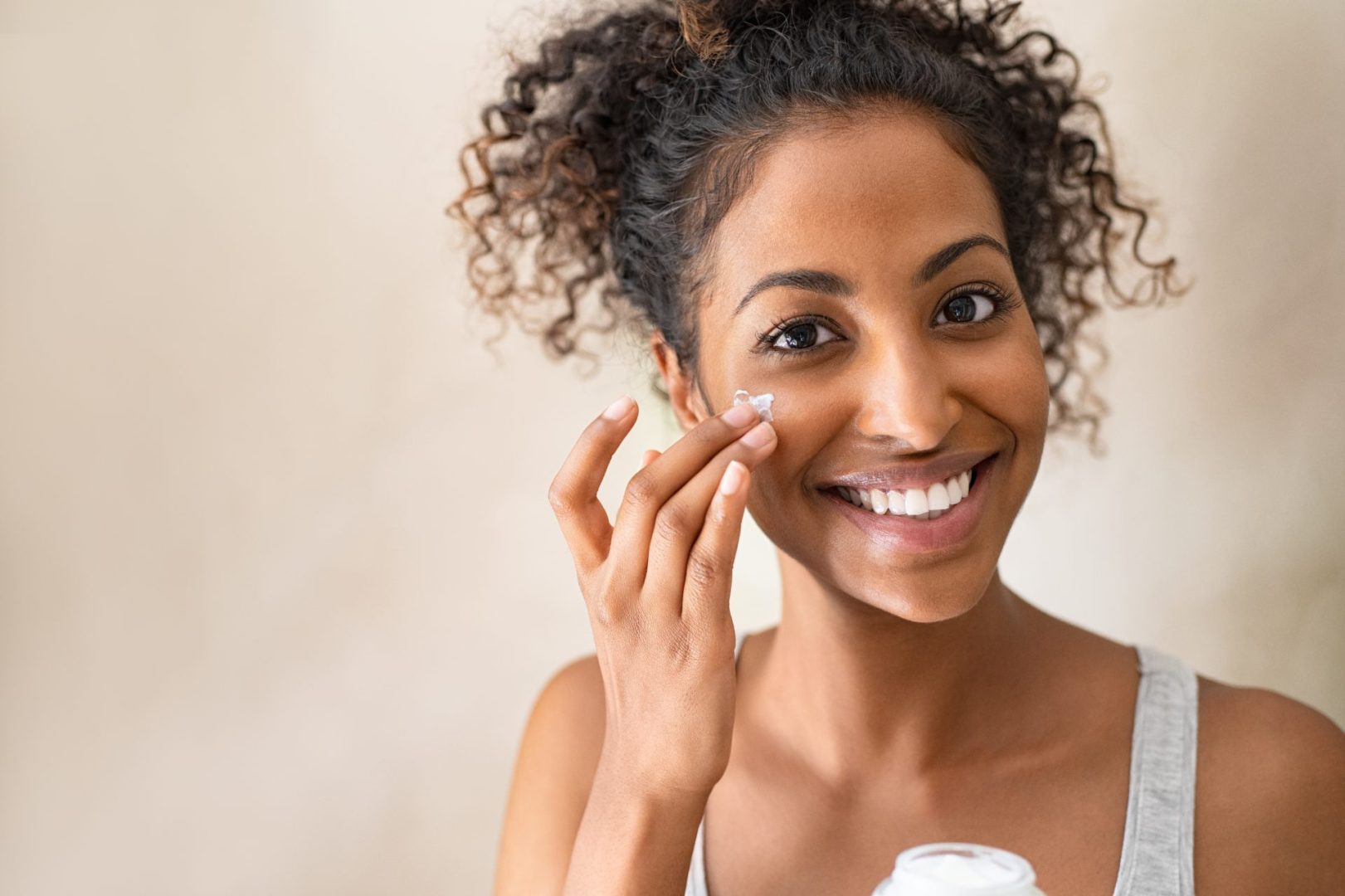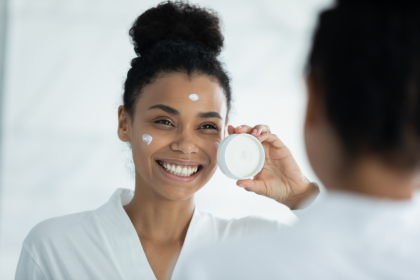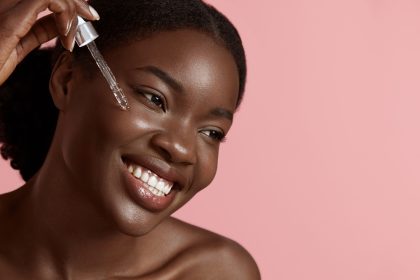You probably think humid weather is great for your skin because there’s more moisture in the air, but that extra humidity is actually creating a perfect storm of skin problems that your regular routine can’t handle. While you’re layering on the same moisturizers and treatments you use in dry weather, your skin is suffocating under products it doesn’t need while missing the specific care it actually craves.
Humid conditions change how your skin functions at the cellular level, affecting everything from oil production to product absorption to bacterial growth patterns. The skincare routine that works perfectly in moderate conditions can become counterproductive when humidity levels climb, leading to breakouts, irritation, and that uncomfortable sticky feeling that no amount of blotting seems to fix.
Understanding what your skin actually needs in humid weather isn’t just about switching to lighter products. It’s about recognizing that high humidity creates entirely different challenges that require a strategic approach to maintain healthy, comfortable skin.
Your skin stops absorbing products the way it should
When humidity levels rise above 60%, your skin’s ability to absorb skincare products changes dramatically because the moisture-saturated air prevents normal evaporation and penetration processes. Products that usually sink in beautifully start sitting on your skin’s surface, creating a film that feels heavy and attracts dirt and pollution.
High humidity interferes with your skin’s natural moisture regulation system, causing it to retain more water on the surface while potentially becoming dehydrated at deeper levels. This creates a confusing situation where your skin feels wet and sticky but might actually need hydration in different forms.
The molecular size of skincare ingredients affects how well they penetrate humid skin. Heavier molecules that work fine in dry conditions can’t penetrate the moisture barrier that humid air creates on your skin’s surface, making many traditional moisturizing ingredients ineffective or even problematic.
Your skin’s pH also shifts in humid conditions, becoming more alkaline and less able to maintain its protective acid mantle. This pH change affects how active ingredients work and can make your skin more susceptible to irritation from products that normally cause no problems.
Oil production goes haywire in sticky conditions
Humid weather triggers your sebaceous glands to produce more oil, but not necessarily in the healthy, balanced way that dry conditions might stimulate. The excess moisture in the air confuses your skin’s feedback mechanisms, often leading to overproduction of sebum that doesn’t serve its normal protective function.
This humidity-induced oil production tends to be stickier and heavier than normal sebum, creating the perfect environment for pore blockages and bacterial overgrowth. The oil mixes with moisture from the air and dead skin cells to create a paste-like substance that clogs pores more effectively than dry-weather oil production.
Even people with normally dry skin can experience unexpected oiliness in humid conditions as their skin tries to regulate moisture levels in response to the saturated air. This temporary shift in skin type requires adjusting your routine rather than fighting against your skin’s natural adaptation.
The areas of your face that produce the most oil, typically your T-zone, become even more active in humid weather while other areas might actually become drier as your skin’s resources get redirected to manage the overall moisture imbalance.
Bacteria and fungi thrive in your humid skincare environment
High humidity creates ideal breeding conditions for the bacteria and fungi that can cause skin problems, particularly when combined with the occlusive effects of skincare products that don’t absorb properly. The warm, moist environment essentially turns your face into a tropical paradise for microorganisms.
Malassezia, the yeast responsible for fungal acne, particularly loves humid conditions combined with oil-rich skincare products. This combination can trigger breakouts that look like acne but don’t respond to traditional acne treatments because they’re actually fungal infections.
The bacteria that cause regular acne also multiply more rapidly in humid conditions, especially when pores are clogged with the sticky combination of excess oil, unabsorbed skincare products, and environmental moisture. This creates more inflammatory breakouts that take longer to heal.
Even beneficial skin bacteria can become problematic when they overgrow due to the perfect conditions humidity creates. This bacterial imbalance can lead to sensitivity, irritation, and unexpected reactions to products that your skin normally tolerates well.
Your skin barrier gets compromised in unexpected ways
While you might expect humid weather to strengthen your skin barrier by providing extra moisture, it actually disrupts barrier function in subtle but significant ways. The constant moisture exposure can lead to over-hydration of the stratum corneum, making it less effective at protecting deeper skin layers.
Over-hydrated skin becomes more permeable, allowing irritants and allergens to penetrate more easily while also losing essential lipids and proteins that maintain barrier integrity. This creates a cycle where your skin becomes increasingly sensitive and reactive despite appearing well-moisturized.
The combination of humid air and occlusive skincare products can create a greenhouse effect on your skin that disrupts normal cellular turnover and repair processes. Dead skin cells don’t shed properly, leading to congestion and dullness that no amount of moisturizing can fix.
Temperature fluctuations between humid outdoor air and air-conditioned indoor spaces create additional stress on your skin barrier, causing it to constantly adjust and readjust its protective mechanisms in ways that can lead to chronic irritation.
Traditional moisturizers become part of the problem
The heavy creams and occlusive moisturizers that work beautifully in dry weather can actually harm your skin in humid conditions by preventing natural moisture regulation and creating environments where bacteria and fungi flourish. Your skin needs hydration, but not through the same mechanisms.
Humectants like hyaluronic acid can become problematic in very humid conditions because they pull too much moisture from the environment, leading to over-hydration that disrupts normal skin function. The same ingredient that plumps and hydrates in moderate conditions can cause puffiness and sensitivity when humidity is high.
Oil-based moisturizers and facial oils that nourish dry skin can combine with humid air to create heavy, sticky films that clog pores and interfere with your skin’s natural cooling mechanisms. This can lead to heat rash, milia, and other moisture-related skin problems.
Even lightweight moisturizers can become too much in humid conditions if they contain ingredients that don’t absorb well in moisture-saturated environments. The key is choosing products specifically formulated to work with rather than against humid conditions.
Your skin needs different active ingredients for humid weather
Humid weather calls for active ingredients that help regulate moisture, control bacterial growth, and maintain proper skin function rather than simply adding more hydration. Ingredients like niacinamide become particularly valuable because they help regulate oil production and strengthen barrier function.
Salicylic acid and other beta hydroxy acids work especially well in humid conditions because they can penetrate oil and help prevent the pore-clogging that humid weather promotes. These ingredients also have antimicrobial properties that help control bacterial overgrowth.
Zinc-based ingredients help control oil production and have antimicrobial properties that are particularly beneficial when humidity creates ideal conditions for bacterial growth. Zinc also helps calm inflammation that can result from humidity-related skin stress.
Antioxidants become more important in humid weather because the increased bacterial activity and disrupted barrier function can lead to more oxidative stress. Vitamin C, green tea, and other antioxidants help protect against this humid-weather damage.
Adapting your routine for sticky weather success
The key to humid weather skincare is reducing rather than adding, focusing on products that support your skin’s natural functions rather than overwhelming them with unnecessary moisture and occlusion. This often means using fewer products but choosing them more strategically.
Morning routines should emphasize oil control and protection, using lightweight, fast-absorbing products that won’t interfere with your skin’s natural cooling mechanisms. Gel-based cleansers, water-based serums, and broad-spectrum sunscreens become your primary tools.
Evening routines can include more active treatment ingredients that help reset your skin from the day’s humidity exposure while you sleep in climate-controlled conditions. This is when to use acids, retinoids, and other treatments that support cellular turnover and bacterial balance.
Pay attention to your skin’s changing needs throughout humid seasons rather than rigidly following the same routine. Humidity levels fluctuate, and your skin’s requirements will change accordingly, requiring flexibility in your approach.
The goal is working with your skin’s natural adaptation to humid conditions rather than fighting against these changes, creating a routine that supports healthy function rather than forcing artificial moisture balance.













